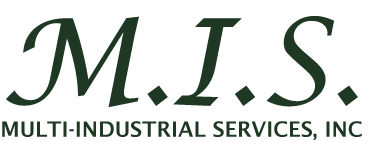National Registry of Radiation Protection
This course provides a framework of study to successfully pass the NRRPT exam. It will combine a theoretical background to the subjects covered, as well as practical applications.
When the student completes the course, they will be practiced in solving multi-step problems as well as having a theoretical background to better handle logic and/or memorization questions.
Topics covered include, but are not limited to:
- Math concepts (decay, counting efficiency, equilibriums, sources geometry to dose, shielding)
- Radiochemistry review (Forms of decay, table of the nuclides, effluents, and key radioisotopes)
- DOT rules and regulations
- Instrumentation
- Radiation biology
- Medical Health Physics
- Other
Note: Consistent with NRRPT exam qualification, experience with radiological work and a high school math background is strongly recommended. A calculator with exponentials is also required.
40 contact hours
Dental Hygienist Radiation Training
This course reviews X-ray equipment and safety requirements for the dental hygienist. State and Federal requirements, safety protocols, and various X-ray machine optimization of techniques (intra-oral, pan-oral, hand-held, cone-beam CT, and other equipment are considered).
4 to 8 contact hours
Medical Imaging for the Professional
This course reviews X-ray equipment and safety requirements for the medical professional. State and Federal requirements, safety protocols, and various X-ray machine optimization of techniques.
Standard table units, fluoroscopy, dental devices, and computer tomography (standard and CBCT) are considered.
8 to 16 contact hours
X-ray Quality Assurance
The course is for the medical physicist who is going to be involved with the oversight of a facility with multiple imaging modalities and covers the basis of X-ray theory. It covers the range from the simplest X-ray imaging devices to whole-body computer tomography.
The course includes X-ray shielding, different state testing requirements, the X-ray QA manual, and radiation biology.
32 contact hours



